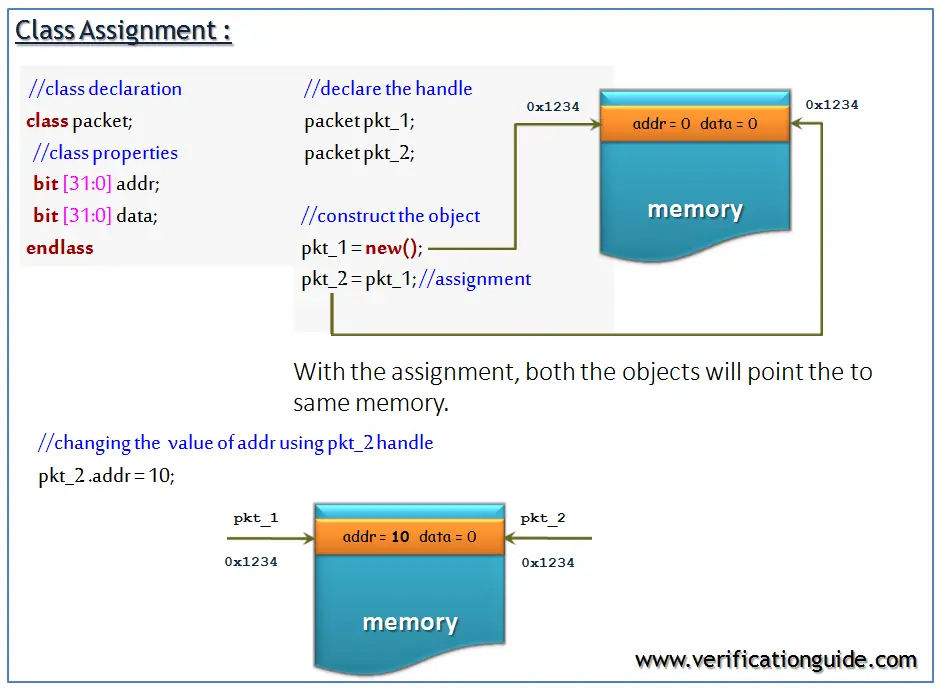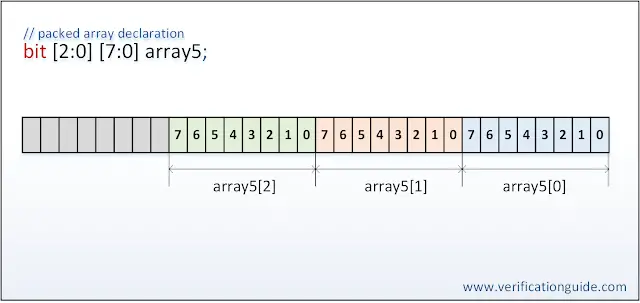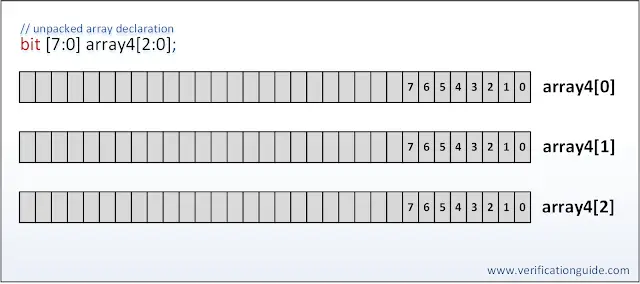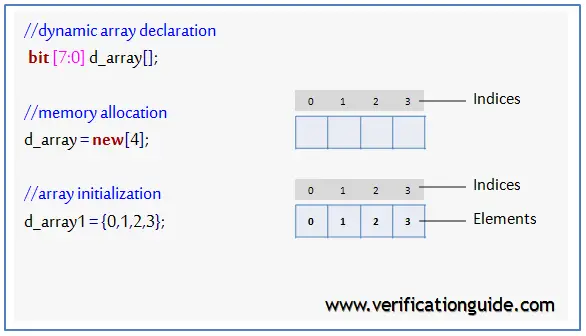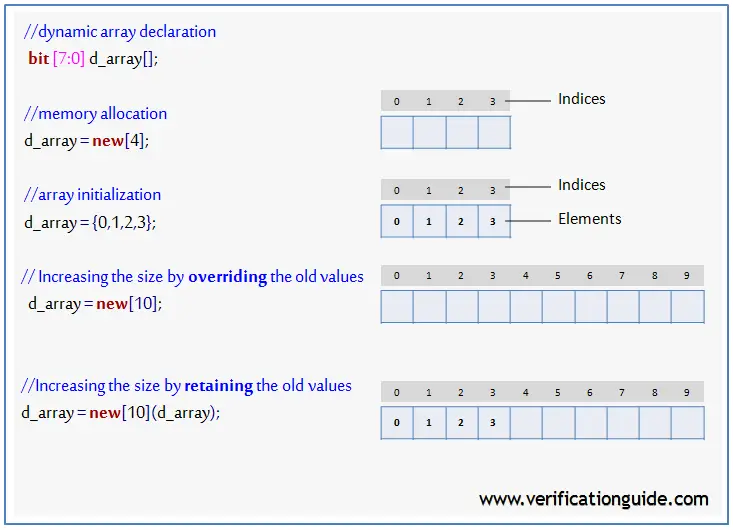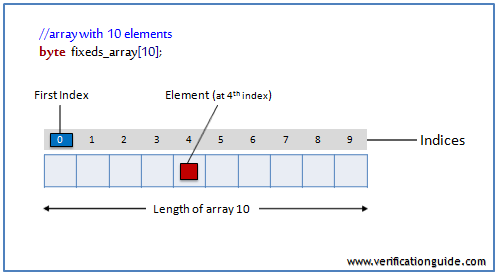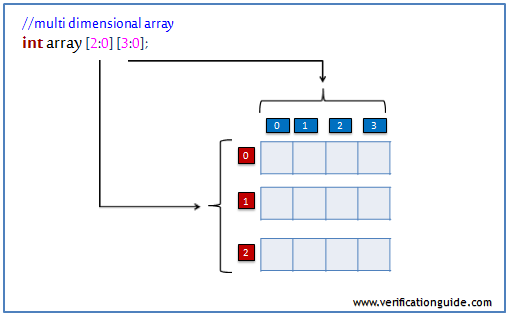How to randomize a variable in SystemVerilog?
SystemVerilog provides multiple methods to generate random data. By using any of these methods a variable can be randomized.
Systemverilog randomization methods
- $urandom( ) and $random( )
- $urandom_range( )
- std::randomize():
- randomize():
$urandom( ) and $random( )
The $urandom( ) function returns a new 32-bit random number
variable = $urandom(seed); //seed is an optional argument
$random() is same as $urandom() but it generates signed numbers
$urandom_range( )
The $urandom_range() function returns an unsigned integer within a specified range.
variable = $urandom_range( int unsigned maxval, int unsigned minval = 0 );
Below example shows the usage of urandom and urandom_range.
module system_funcations;
bit [31:0] addr1;
bit [31:0] addr2;
bit [64:0] addr3;
bit [31:0] data;
initial begin
addr1 = $urandom();
addr2 = $urandom(89);
addr3 = {$urandom(),$urandom()};
data = $urandom * 6;
$display("addr1=%0d, addr2=%0d, addr3=%0d, data=%0d",addr1,addr2,addr3,data);
addr1 = $urandom_range(30,20);
addr2 = $urandom_range(20); //takes max value as '0'
addr3 = $urandom_range(20,30); //considers max value as '30' and min value as '20'
$display("addr1=%0d, addr2=%0d, addr3=%0d",addr1,addr2,addr3);
end
endmodule
Simulator Output
addr1=303379748, addr2=2153631232, addr3=423959822444962108, data=546103870 addr1=27, addr2=6, addr3=25
std::randomize():
Variables can be randomized by using std::randomize method. It can accept the inline constraints using the “with” clause.
std::randomize (variable);
Can also be used as below,
std::randomize (variable);
std::randomize (variable) with { constraint's; };
std::randomize (variable-1, variable-2 ... variable-n);
std::randomize (variable-1, variable-2 ... variable-n) with { constraint's; };
Below example shows the usage of std::randomize().
program std_randomize;
bit [07:0] addr;
bit [31:0] data;
bit [63:0] data_x_4;
initial begin
std::randomize(addr);
$display("Value of addr is %h",addr);
std::randomize(data,data_x_4) with { data == addr * 8;
data_x_4 == data * 4;
};
$display("Value of data is %0d",data);
$display("Value of data_x_4 is %0d",data_x_4);
end
endprogram
Simulator Output
Value of addr is 36 Value of data is 432 Value of data_x_4 is 1728
randomize():
This method is used to randomize class fields declared with rand/randc. It can accept inline constraints using the “with” clause in addition to the constraints defined in a class context.
refer Randomization and Constraints for detailed description and examples of randomize() method.

